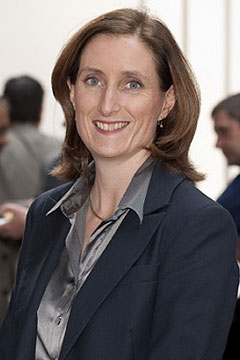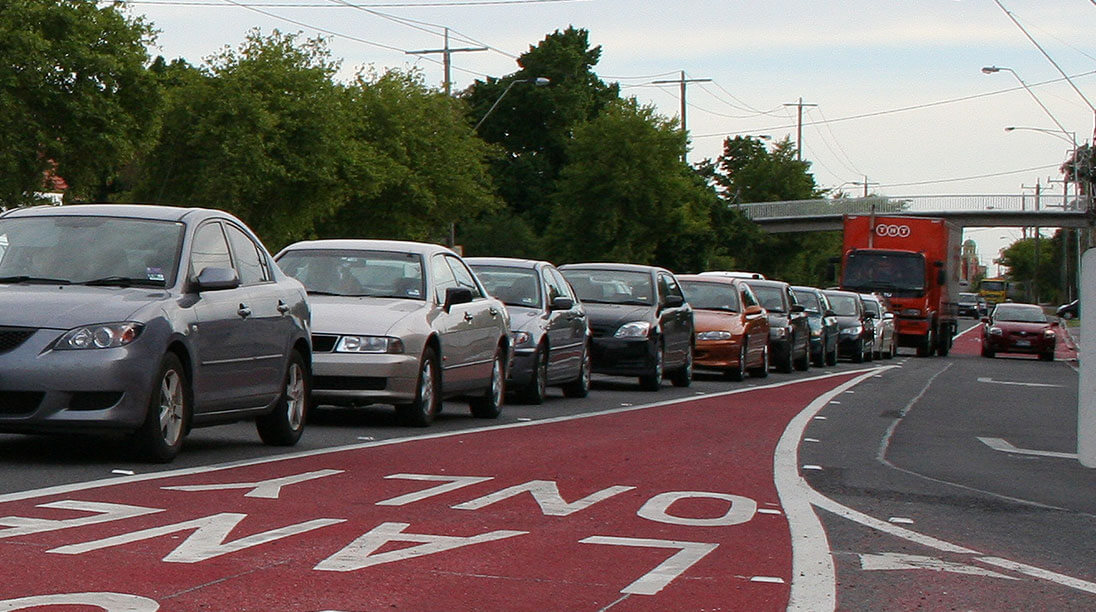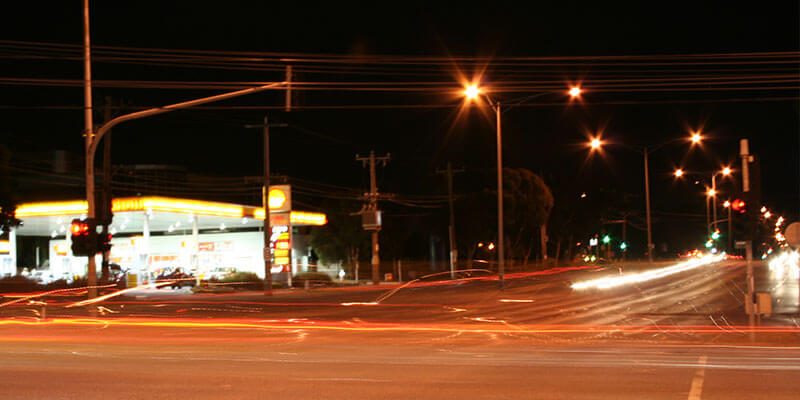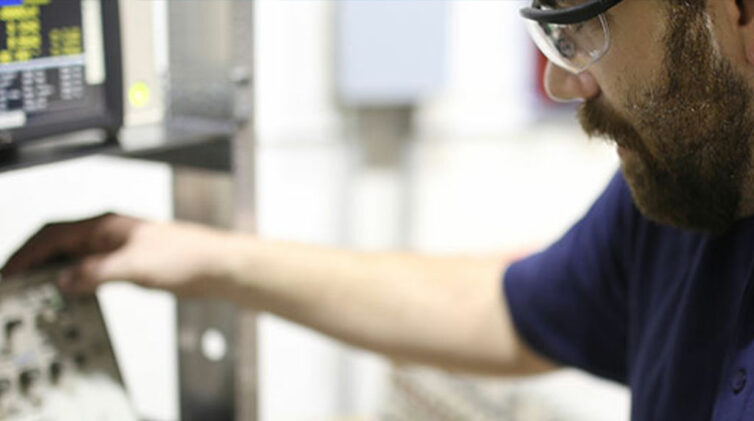
Peak hour: Congestion can cost Australia up to $16.5 billion each year according to ITS Australia CEO Susan Harris.
THE intelligent transport systems (ITS) industry has lodged its bid to win government funding to become a co-operative research centre (CRC) just weeks after staging the successful 23rd ITS World Congress in Melbourne.
The industry consortium, known as iMove CRC, is hoping to win a slice of the $653 million allocated to the CRC program by the Turnbull Government, which resurrected the program after a temporary hiatus.
“Congestion currently costs Australian business and the community $16.5 billion each year. It is expected to reach $37 billion per year by 2030,” ITS Australia CEO Susan Harris said.
“To tackle congestion, transport safety and efficiency, it is important to have accurate, reliable and real time data and information.
“The Federal Government’s CRC Program is an opportunity to establish the right structures and platforms for governments, industry and researchers to develop intelligent transport systems and infrastructure, to find end-to-end freight solutions and enhance personal mobility.”
ITS Australia drove the creation of the iMove CRC bid and has gathered the support of 45 other organisations interested in addressing the problem of improving the efficiency of Australia’s road network.
The iMove bid is being led by Ian Christensen, who is currently the chief executive of the AutoCRC. The AutoCRC’s life span expires in 2017 and, if the iMove bid succeeds, the AutoCRC secretariat will transfer to the iMove CRC and get the new CRC off to a flying start.
“We are entering an era of unprecedented change in transport, with more traffic, changes in business models, increased levels of connectivity and automation in vehicles, and opportunities to benefit greatly from increased information,” Mr Christensen said.
Australia is already a world leader in intelligent transport systems, particularly through the adoption of technologies to help quicken and smooth the flow of traffic on freeways and tollways.
Victoria installed the world’s first multi-lane, free flow tolling system in 1999 and also uses traffic-modulating traffic lights on freeway on-ramps which have decreased accidents and lifted the average traffic speed in peak hours.
The decisions as to which CRCs will be funded are expected to be announced early in 2017.
Two weeks ago a total of 11,496 people – 9200 from overseas – attended the 23rd ITS World Congress in Melbourne.
It is estimated that the congress pumped $25 million into the Australian economy with visitors from 73 countries, 663 speakers in 236 sessions and 659 delegates visiting the 17 traffic and transport centres that were open for inspection.
Ms Harris said the congress had received a lot of assistance from all levels of government.

“From the Prime Minister’s official opening, to federal and state governments, cities and local councils, we had tremendous support across the board.”
Local councils were crucial in assisting with the installation of sensors that helped provide open-road demonstrations of vehicle-to-vehicle communications and vehicle-to-infrastructure communications.
Ms Harris said ITS Australia was aware that several memorandums of understanding had been signed during the congress and new partnerships formed, although it was too early to put a dollar figure on those developments.
She said one of the goals of the congress was to generate interest in ITS technology among the next generation of students and workers.
“We were delighted that nearly 2,500 members of the community attended the congress,” she said.
“There was an extensive schools and university program, and two public open days.
“It is important for end users, who are driving change, to be engaged in the journey to build trust in emerging technology.
“ITS Australia was already in a strong position before the congress, however our members and the local industry are now well placed to utilise their networks to continue to attract new business and develop and deploy new technologies which will make journeys safer, more efficient and sustainable.”
By Ian Porter













 Read More: Related articles
Read More: Related articles

